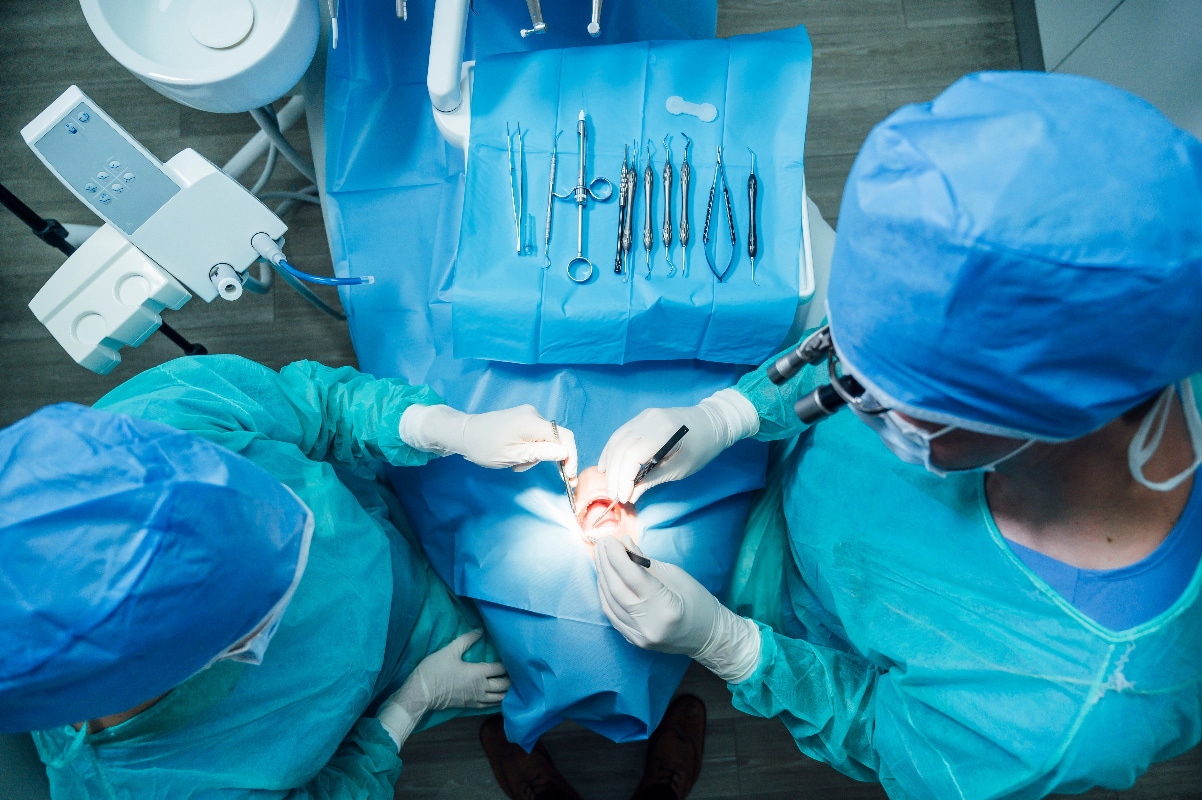A surgical dental implant removal is called an explantation. The removal of the implant takes place from the jawbone.
Dental implants are metal posts that are usually made of titanium and serve as a replacement for a tooth root. Following a longer healing period, the dentist reconstructs dentures such as a dental crown or dental bridge on the treated site.
In rare cases, bacteria can colonize in the treated areas, which in turn leads to the formation of plaque. The plaque, which is a biofilm of bacterial waste products and leftovers, often causes deep tooth pockets. As a result, other harmful bacteria penetrate into the region of the implant. Occasionally, the affected dental implant is unable to grow together with the bone of the jaw, so that a surgical removal, so an explantation, must be made. Thus, the penetration of bacteria threaten inflammation or even abscesses.
Overview of this article
- Removal of dental implant
- Which procedures are available for an explantation?
- Is removal of the dental implant painful?
- Ist das Entfernen des Zahnimplantats schmerzhaft?
- Can a dental implant be used again after the explantation?
- What are the costs for an explantation?
- Does the health insurance cover the costs of the procedure?




